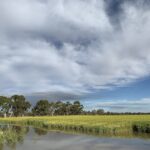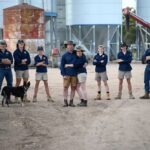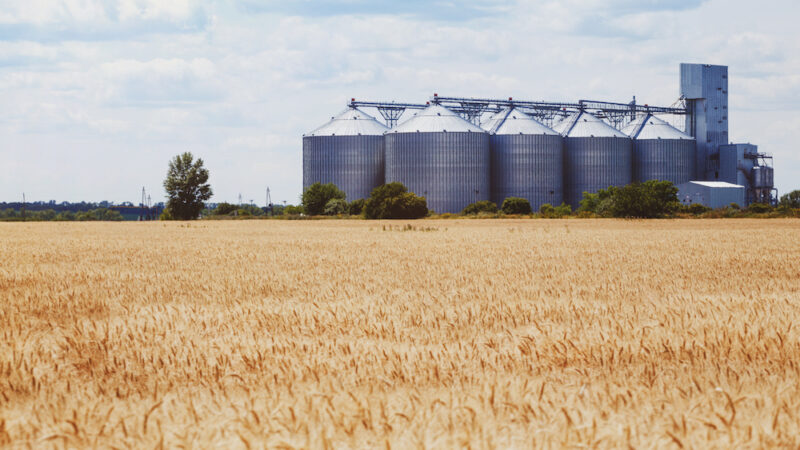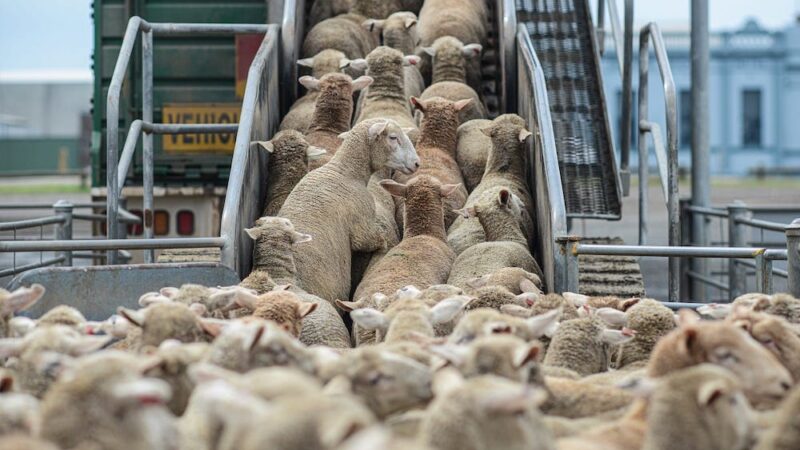The management of the state’s water resources is without doubt a highly complex process. Even…
Muddying the Basin Plan with buybacks
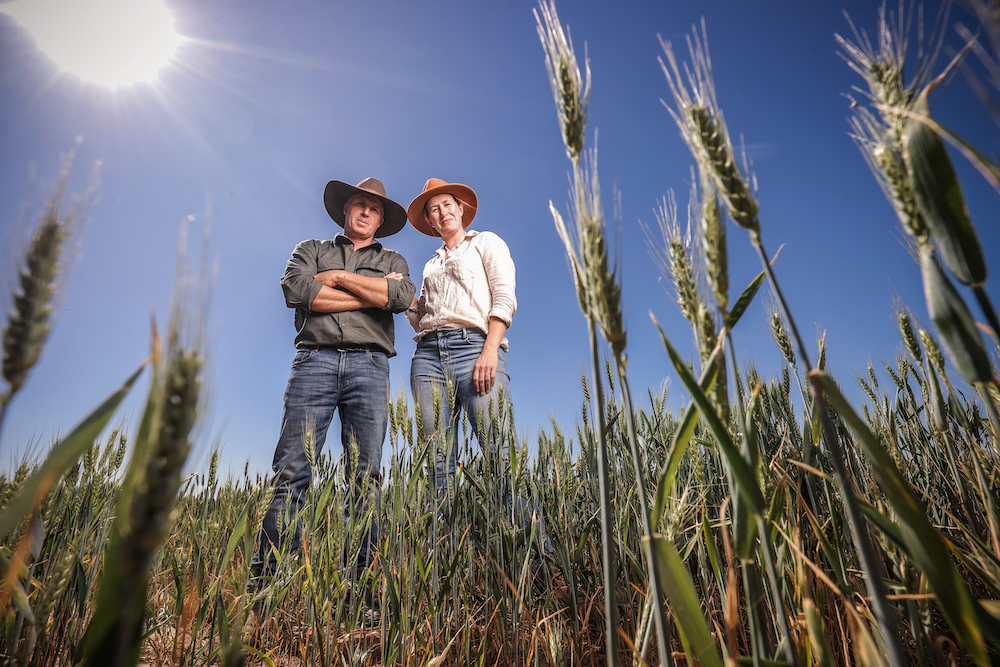
Local councils and many residents in the Riverina region agreed with farming groups and hosted protest rallies in Riverina towns in November opposing the Federal Government’s amendments to the decade-old plan.
Their loud voice failed to sway the views of Independents and the Jacqui Lambie Network, who sided with the Greens and the Government to pass the Water Amendment (Restoring Our Rivers) Bill 2023 in December.
The bill does extend the Plan’s deadline by a few years and sanctions new water efficiency infrastructure projects to help meet the environmental targets, but it also removes the cap on the amount of water the Commonwealth can purchase from farmers.
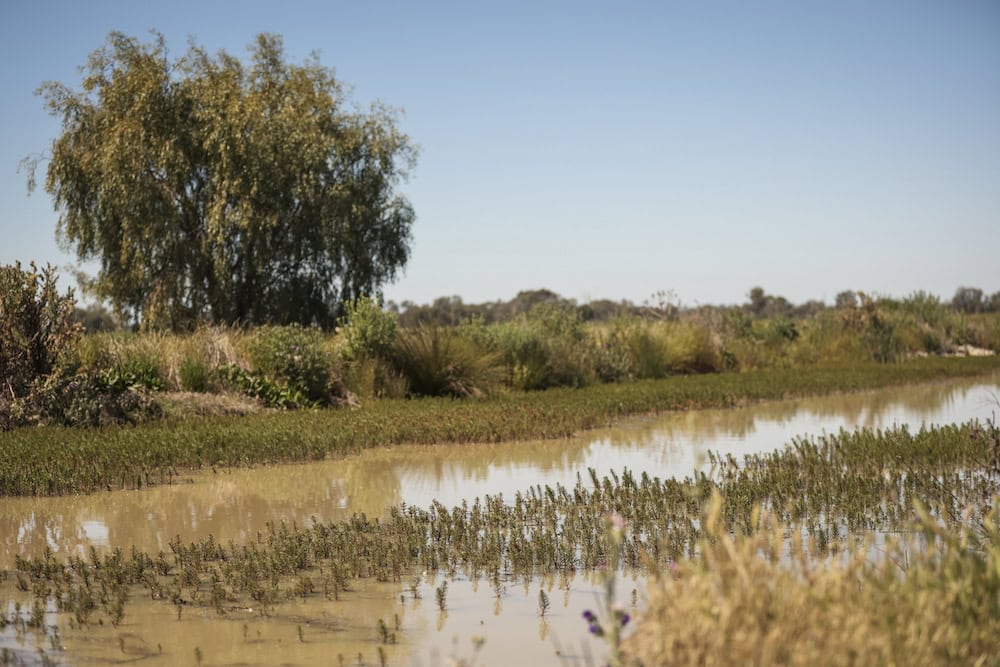
That means voluntary water buybacks are now back in play to recover 450GL of additional environmental water in the Murray-Darling Basin. It amends the Water Act 2007 and Basin Plan 2012 to repeal the statutory 1,500GL cap on Commonwealth water purchases.
The Federal Government put out a tender for the purchase of 44.3GL per year in March 2023, which Water Minister Tanya Plibersek claimed was flooded with applications. This includes 26GL from the Murray, Namoi, Border Rivers, Barwon-Darling and the Lachlan Catchments in NSW.
NSW Farmers has led the charge in opposing government buybacks alongside the National Farmers Federation (NFF), Agforce, the NSW Irrigators, Basin communities and a long list of commodity organisations.
Chair of the NSW Farmers Water Taskforce, Richard Bootle, said the newly edited version of the MDBP lacks a serious amount of socio-economic analysis.
“This has led to insufficient consideration of the impact of the Plan on rural communities which are reliant on agriculture.
“For arguably the biggest reform to regional Australia in history this is an incredible oversight,” Richard said.
There is a lot at stake in the Murray-Darling Basin. It traverses four states and the Australian Capital Territory and is home to 2.6 million people, including 50 First Nations groups. The river system produces $24 billion in local food and fibre and its ecological assets includes 16 Ramsar-listed wetlands.
Everyone wants a piece of it for economic, social, environmental and cultural reasons. Richard said farmers understand all these reasons and have made significant production sacrifices and efficiency gains to help improve river system’s health.
He said the key issue is that the Federal Government have ignored the plight of family farm businesses and Basin communities.
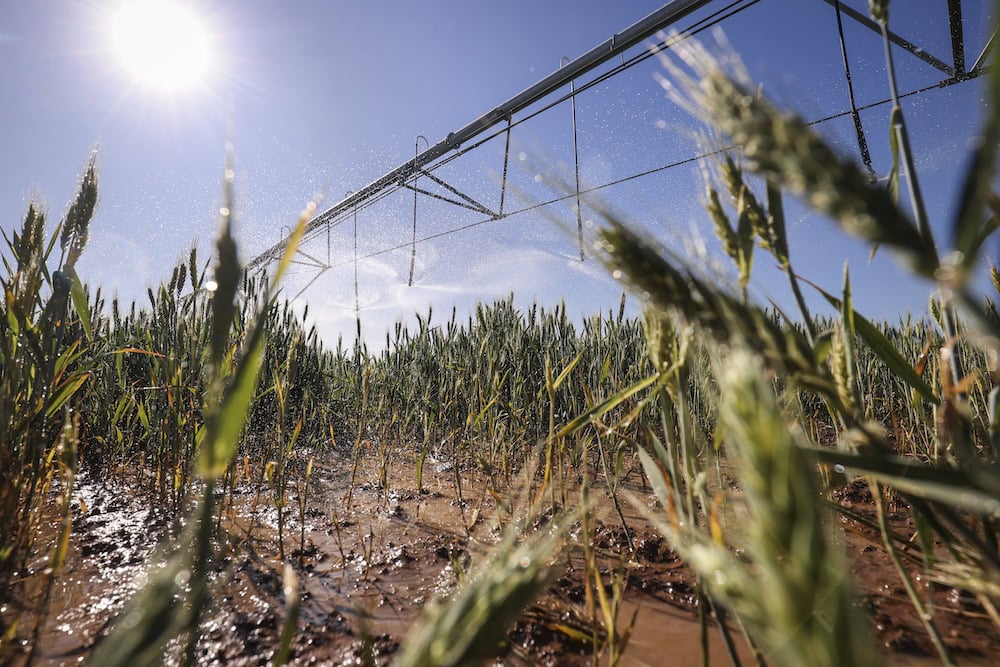
“That’s why NSW Farmers is calling on NSW Water Minister Rose Jackson to firmly rule out water buybacks and detail alternatives.
“The NSW Government has stood up against the buying back of productive water, but we need a firm commitment they will stand up for the people of our state.
“Since the Federal Government is insistent on taking water out of production without any protections to prevent social or economic harm, it is up to the NSW Government to step into the gap.”
Water Campaigner for the NSW Conservation Council (NCC), Mel Grey, does agree that many farmers are happy to share the Basin’s water assets with communities and the environment.
“Farmers want to make sure that their communities have water when the next drought comes. I know this from my own experience growing up on a farm. It is some of the multi-national companies that are hoarding the water for production purposes and have no interest in the environment they are working in.”
Mel Grey, NSW Conservation Council (NCC)
The NCC backs the return of buybacks from willing sellers as the best way to return enough water to Australia’s biggest river system and disputes their negative socioeconomic impact.
“What about the impact on farmers downstream from these big water users? We have farmers in our network who do support buybacks for environmental reasons and the opportunity to sell some water back to the system and invest in efficiency or diversifying.”
It is true that some farmers do support voluntary buybacks. Farmers in the Central Darling region, for example, see the measure as one way of securing more overland flows across their grazing country in wet seasons.
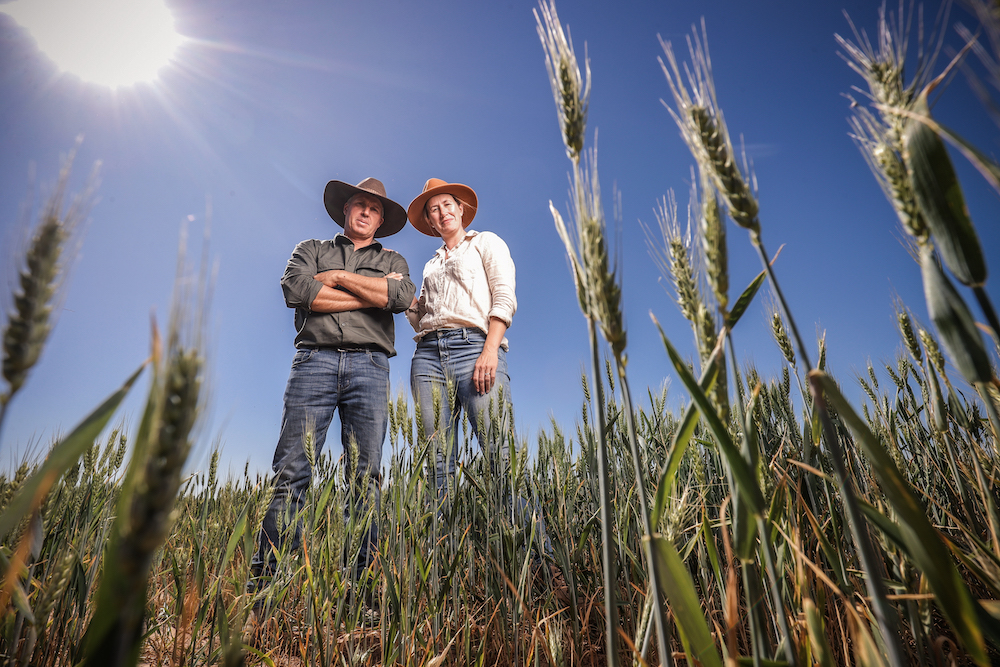
What’s the alternative to buybacks?
Amendments to the MDBP do include extending current water-saving projects until 2026 and the opportunity for states to put forward new measures to meet the 605GL water recovery target.
The NFF has proposed a range of alternative projects to deliver the MDBP targets, which it claims has the potential to restore 1,000GL or more without resorting to buybacks.
“We’ve collaborated with representative groups up and down the Basin to compile an array of innovative proposals that would deliver the Murray-Darling Basin Plan without resorting to buybacks,” said NFF Water Committee chair and NSW Farmers Member, Malcolm Holm.
“These projects include precision water management technologies, and innovative water storage solutions. We can deliver every drop of the Basin Plan targets without taking the lazy option of buybacks.”
In a submission to the federal Water Minister, the NFF has called for sustainable and practical initiatives that ensure minimal impact on agricultural productivity.
“By embracing these innovative projects, the government can strike a balance between effective water resource management and the needs of farmers and regional communities. We’re demonstrating here that we’re willing to work with government to deliver the Plan the smart way, rather than thumping communities with more buybacks.”
Malcolm Holm, NFF Water Committee chair and NSW Farmers Member
Farming groups have also proposed various complementary measures for improving the Basin’s health, including managing cold water pollution better, assisting with fish passage, restoring riparian vegetation and removing carp.
Buybacks hurt farm businesses and local communities
NSW sheep and grain farmer Michael Chalmers fears for the future of his family farm and local community with the return of government water buybacks from farmers.
“Further water buybacks would potentially have devastating effects on our farm business and our local community,” Michael said.
“If I were having a conversation with a politician in Canberra I would ask the question, ‘why are you so fixated on recovering this extra water when it won’t necessarily deliver a tangible benefit to the environment, but it will almost certainly decimate irrigated communities in the Murray-Darling Basin?’,” he said.
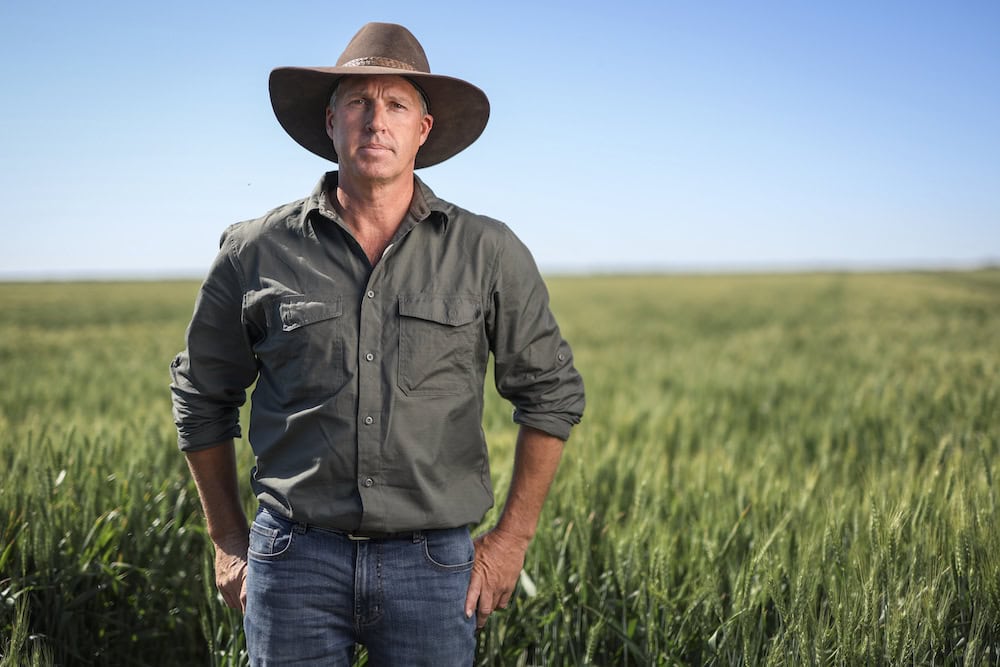
The second-generation irrigator farms sheep and grain on 4,000 hectares at Wakool, southern NSW, with his wife Felicia.
Irrigation is a key component of the Chalmers family business, deriving 75 to 80 per cent of their income from irrigated farming.
“Without that irrigation, our farm business wouldn’t be what it is,” Michael says. “In a community like ours, all businesses are related in some way to irrigated agriculture, so if we have less water you’ll see a reduction in jobs, sporting clubs will diminish, and there will be a loss of services in town – the whole community suffers when you reduce access to water.”
What are farming groups and Basin communities saying?
“Less water available for consumptive use means less food and fibre production, which will ultimately lead to declining towns and higher cost of living for all,” says NSW Farmers President Xavier Martin.
“Buybacks mean less food and fibre will be grown and manufactured locally and buybacks will drive higher water prices and higher prices for consumers. It is unacceptable to farmers, unacceptable to Basin communities and makes no sense for the environment,” says Leeton Shire Mayor, Cr Tony Reneker.
“The water buybacks and omission of socio-economic protections in the proposed bill will have an irrevocable impact on not only the agriculture industry but countless rural communities,” says Ricegrowers Association of Australia President, Peter Herrmann.
“Buybacks are the worst way to deal with this, it takes productive water straight out of the community. For every megalitre that is purchased, that means around 1.5 to 2 bales of cotton isn’t produced – that’s $900 that won’t circulate in the community. You’d be looking at hundreds of millions of dollars in that industry,” says Cotton Australia’s General Manager, Michael Murray.
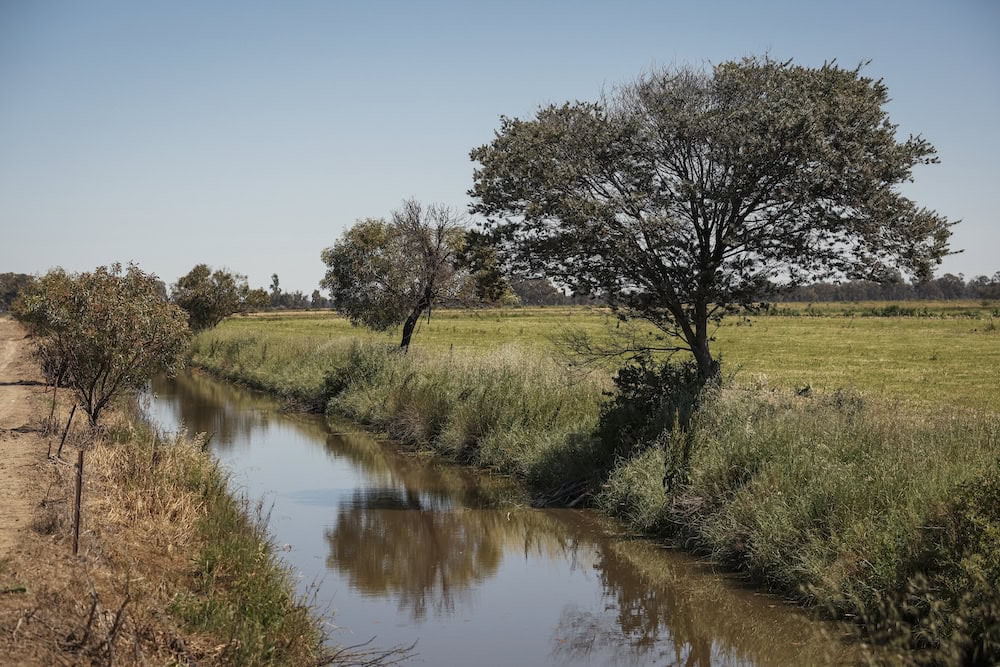
“At this point, extra water recovery is just a political stunt and will only serve to deliver numbers on a page. Punishing farmers and regional communities that depend on the economic activity generated by agriculture just doesn’t make sense,” says NSW Irrigators’ Council CEO, Claire Miller.
“We had environmental experts, farmers and governments all on the same page with the Basin Plan, now that is down the drain thanks to the Government’s tunnel vision on buybacks,” says NFF President, David John Jochinke.
“Buybacks will decimate one of the most prosperous growing areas in Australia. Our government forefathers knew the potential of this area, it’s a pity our current government seems determined to destroy that legacy,” says Griffith City Council Mayor, Cr Doug Curran
“Accomplishing a Basin Plan that successfully balances environmental and socio-economic outcomes for irrigation-dependent Basin communities requires a strong local consultation process and for governments to respect and respond to those views,” says Agforce CEO, Mike Guerin.
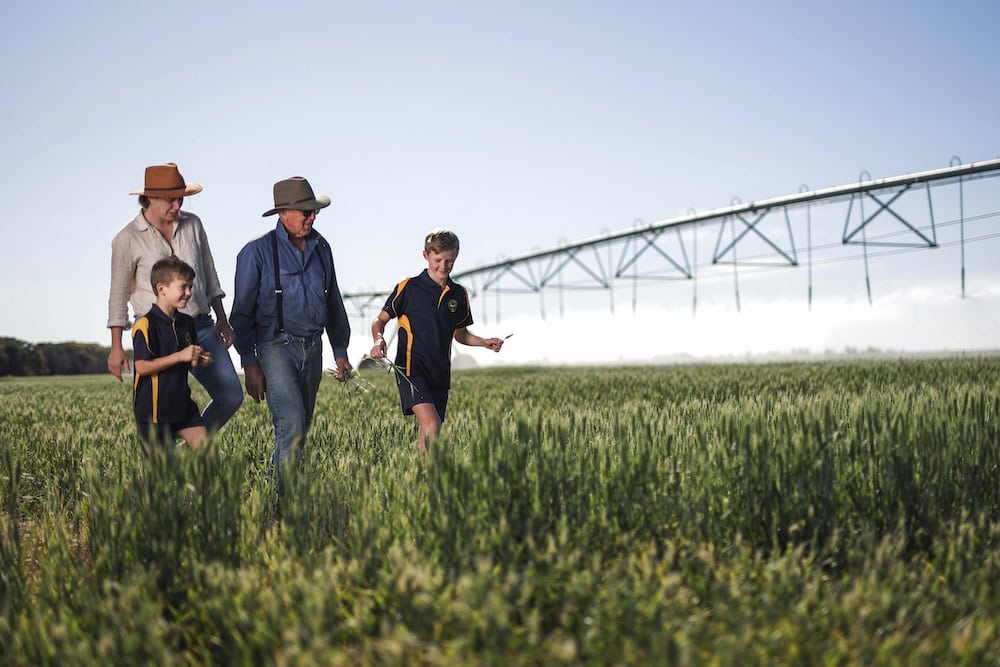
What are environmental groups are saying?
“Without water buybacks there is no chance the Plan will be delivered on time or in full. The big corporate irrigators have gamed the system for far too long,” says Greens Water Spokesperson and Senator for South Australia, Sarah Hanson-Young.
“It is critical that all Australians, from the bottom of the Coorong, where the Murray Mouth meets the Southern Ocean, right to northern Queensland, demand real water for the river now. The plan must be amended to account for climate change and First Nations water rights,” says Char Nitschke, Campaigner Coordinator (Water) for Conservation Council of South Australia.
“We support the proposal to lift the cap on the amount of environmental water able to be purchased by the Commonwealth. The recovery of the full 450GL is a key commitment and priority that must be reflected in the Water Act and Basin Plan,” says a spokesperson for Environmental Justice Australia.
“The purchase of environmental water, so as to reduce the unsustainable amounts currently taken from the river, is essential if we are to have any chance of returning the Murray-Darling Basin to health,” says a spokesperson for The Wilderness Society.
If you enjoyed this piece and want to learn more about water management, check out our story on the NSW water review.


